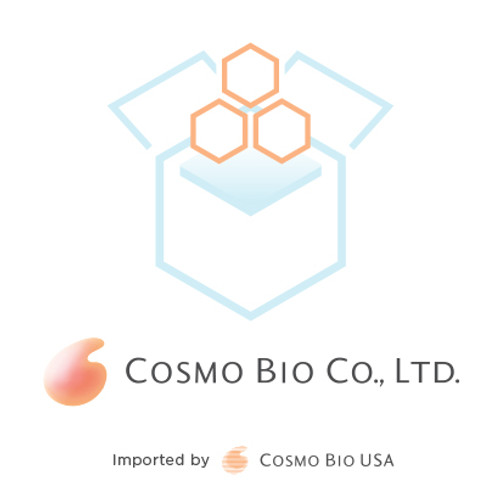Catalog numbers beginning with "CAC" are antibodies from our exclusive Cosmo Bio Antibody Collection. Visit the CAC Antibody homepage to browse the collection list, organized by research topic.
Progesterone (P4) is an endogenous steroid and progestogen sex hormone involved in the menstrual cycle, pregnancy, and embryogenesis of humans and other species.[1][13] It belongs to a group of steroid hormones called the progestogens,[13] and is the major progestogen in the body. Progesterone has a variety of important functions in the body. It is also a crucial metabolic intermediate in the production of other endogenous steroids, including the sex hormones and the corticosteroids, and plays an important role in brain function as a neurosteroid.[14] In addition to its role as a natural hormone, progesterone is used as a medication, for instance in menopausal hormone therapy. Progesterone is the most important progestogen in the body, the result of its action as a potent agonist of the nuclear progesterone receptor (nPR) (with an affinity of KD = 1 nM).[13][16] In addition, progesterone is an agonist of the more recently discovered membrane progesterone receptors (mPRs),[17] as well as a ligand of the PGRMC1 (progesterone receptor membrane component 1).[18] Moreover, progesterone is also known to be an antagonist of the sigma σ1 receptor,[19][20] a negative allosteric modulator of nicotinic acetylcholine receptors,[14] and a potent antagonist of the mineralocorticoid receptor (MR).[21] Progesterone prevents MR activation by binding to this receptor with an affinity exceeding even those of aldosterone and glucocorticoids such as cortisol and corticosterone,[21] and produces anti-mineralocorticoid effects, such as natriuresis, at physiological concentrations.[22] In addition, progesterone binds to and behaves as a partial agonist of the glucocorticoid receptor (GR), albeit with very low potency (EC50 >100-fold less relative to cortisol).[23][24] Progesterone, through its neurosteroid active metabolites such as 5α-dihydroprogesterone and allopregnanolone, acts indirectly as a positive allosteric modulator of the GABAA receptor.[25] Progesterone and some of its metabolites, such as 5β-dihydroprogesterone, are agonists of the pregnane X receptor (PXR),[26] albeit weakly so (EC50 >10 µM).[27] In accordance, progesterone induces several hepatic cytochrome P450 enzymes,[28] such as CYP3A4,[29][30] especially during pregnancy when concentrations are much higher than usual.[31] Perimenopausal women have been found to have greater CYP3A4 activity relative to men and postmenopausal women, and it has been inferred that this may be due to the higher progesterone levels present in perimenopausal women.[29] Progesterone modulates the activity of CatSper (cation channels of sperm) voltage-gated Ca2+ channels. Since eggs release progesterone, sperm may use progesterone as a homing signal to swim toward eggs (chemotaxis). As a result, it has been suggested that substances that block the progesterone binding site on CatSper channels could potentially be used in male contraception.[32][33] [adapted from: Wikipedia contributors. (2019, June 2). Progesterone. In Wikipedia, The Free Encyclopedia. Retrieved 20:03, June 3, 2019, from https://en.wikipedia.org/w/index.php?title=Progesterone&oldid=899966412]
| Product Specifications |
| Application |
EIA, RIA |
| Reactivity |
Human, Mouse, Rat, Bovine, Chicken |
| Clonality |
Polyclonal |
| Host |
Rabbit |


